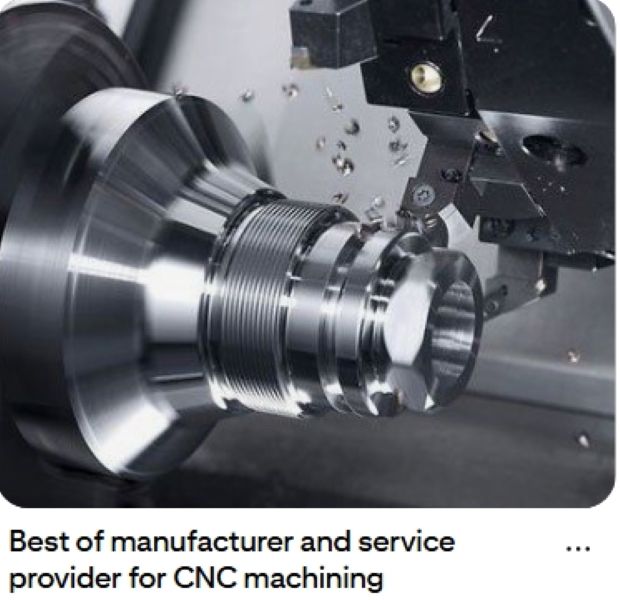The world of manufacturing is undergoing a shift, and sustainability is leading the way. More companies are now turning to 10 Benefits of sustainable CNC green machining services and manufacturing to meet the increasingly stringent demands for cleaner, smarter production. These services reduce waste, conserve energy, and deliver high-quality parts without harming the environment. Aerospace, medical, and automotive industries already depend on them because they know green machining is no longer optional; it’s the future.
With sustainable-cnc-green-machining-services-green-manufacturing, businesses gain more than efficiency. They win customer trust, meet supplier requirements, and stay ahead of competitors. Modern buyers want eco-friendly processes and products with a smaller carbon footprint. Machine shops that adopt green practices recycle scrap, use renewable energy, and follow zero-waste rules. The result is lower costs, stronger reputations, and long-term growth. In short, sustainable-cnc –green-machining-services-green-manufacturing gives companies profit with purpose. It powers success while protecting the environment.
The Environmental Impact of Traditional CNC Machining
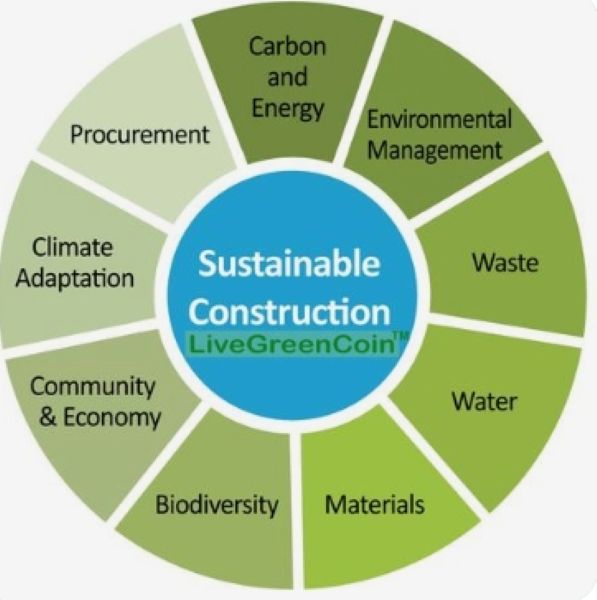
Traditional CNC machining offers precision, but it comes at a high environmental cost. Machines often consume between 15 and 50 kW of power, running around the clock with help from coolant pumps, HVAC systems, and compressors. This constant demand leads to high energy consumption and heavy carbon emissions. Material waste is another issue. Aerospace components, for example, may require cutting away most of the material block, leaving large amounts of scrap. Hazardous cutting fluids and contaminated coolant add further challenges, creating disposal problems that can pollute soil and water. Without strong recycling systems, machine shops face rising costs, tighter EPA regulations, and reputational risk. The reality is clear: traditional methods generate energy waste, environmental harm, and lost profits. To remain competitive, businesses must replace outdated systems with sustainable-cnc-machining-services-green-manufacturing that balance precision with environmental responsibility.
Greenwashing vs. Genuine Sustainability
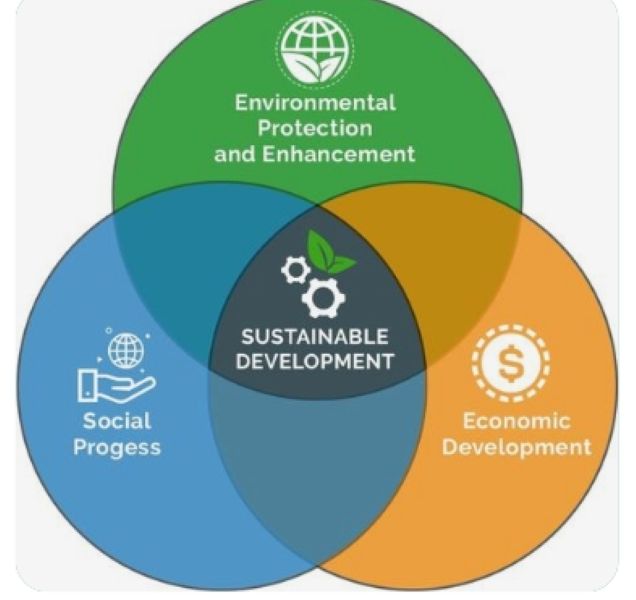
Many companies advertise eco-friendly practices but fail to deliver real results. This is greenwashing, marketing without measurable change. True sustainability requires transparency and verified action.
- Adoption of renewable energy within machine shops.
- Closed-loop recycling of chips and coolant.
- Verified ISO 14001 certification and sustainability audits.
- Public reporting on sustainability metrics and waste management.
Proven Sustainable Practices in CNC Machining
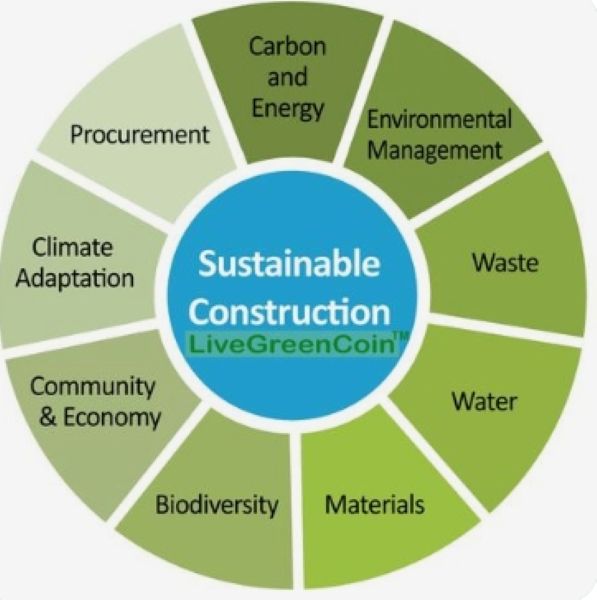
Sustainable-cnc-machining-services-green-manufacturing goes beyond words. Machine shops worldwide are using clean practices to cut costs and carbon footprints.
- AI-driven adaptive machining for efficient energy use.
- Solar-powered facilities to reduce dependence on fossil fuels.
- Near-net-shape preforms that limit scrap.
- Graphene-coated tools that replace toxic materials.
- Real-time monitoring systems that track waste and power usage.
Material Optimization Approaches:
Smart machining starts with better use of materials. Recycling chips into wire, reusing additive feedstock, and adopting near-net preforms all cut waste. Low-cost electric motor tooling and scrap segregation stations add even more savings while supporting zero-waste goals.
The Business Case for Sustainable Machining
Embracing green machining isn’t just about compliance; it drives profits. Aerospace leaders like Boeing and Airbus demand sustainable suppliers. Medical technology firms also require biocompatible and eco-friendly processes. Shops that invest in sustainable-cnc-machining-services-green-manufacturing win more contracts and enjoy reduced operational costs. Energy savings, spindle motor efficiency, and scrap recycling all improve margins. Beyond cost reductions, sustainability builds strong reputations. Modern buyers reward transparency and eco-conscious practices with long-term loyalty. Companies that prove commitment avoid reputational risks and stay ahead of regulations. In today’s competitive environment, green machining strengthens credibility, protects supply chains, and ensures steady growth.
How to Vet a Truly Sustainable CNC Partner
Not every supplier claiming “green” methods is truly sustainable. Businesses should verify claims with audits and certifications.
- Request ISO 14001 certification and documented audits.
- Review recycling, coolant disposal, and waste management programs.
- Confirm renewable energy adoption within facilities.
During facility tours, inspect:
Look for recycling stations, energy-efficient machines, and visible sustainability systems. Genuine shops show transparent practices, not hidden processes.
The Future of Green Machining Technology
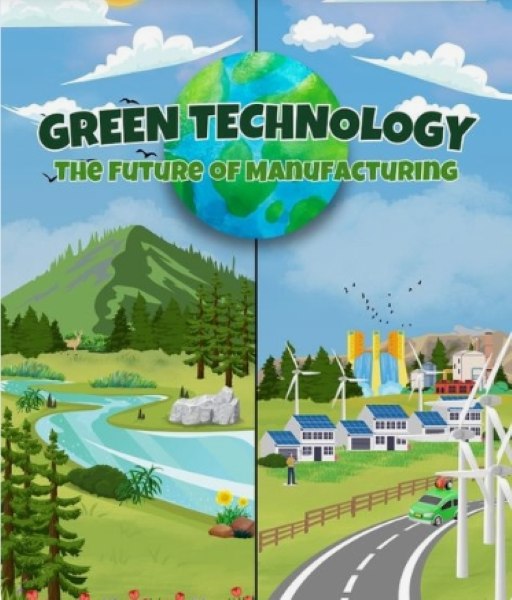
The future of sustainable-cnc-machining-services-green-manufacturing lies in innovation. AI-driven machining now adjusts spindle motors and cutting speeds to reduce energy draw. Solar-powered facilities and renewable systems lower dependence on fossil fuels. Additive manufacturing feedstock turns waste into reusable raw material, improving aerospace buy-to-fly ratios. Graphene tool coatings and tungsten-free tools reduce environmental risks while extending tool performance. Real-time dashboards monitor waste and energy, helping managers act instantly. These technologies align with rising customer expectations and strict supplier requirements. Machine shops that adopt them gain a competitive advantage, cut costs, and win high-value contracts. The future is clear: green technology will shape the next era of precision manufacturing.
Energy Innovations
- Solar-powered facilities cut energy bills and emissions.
- AI-driven machining reduces unnecessary power draw.
- Regenerative drive systems recycle wasted machine energy.
Material Advancements
- Near-net-shape preforms minimize excess scrap.
- Additive feedstock reuse transforms chips into raw materials.
- Graphene coatings extend tool life and replace harmful substances.
AI-Driven Adaptive Machining
- Adjusts spindle speed in real time.
- Reduces unnecessary power draw.
- Improves tool life with smart cutting.
- Learns from previous machining data.
- Minimizes scrap through accurate paths.
- Lowers costs by saving electricity.
- Works with multiple material types.
- Supports predictive maintenance planning.
- Increases production speed and quality.
- Integrates seamlessly with Industry 4.0 systems.
Solar-Powered and Renewable Energy Machine Shops
- Cuts dependence on fossil fuels.
- Lowers operational electricity costs.
- Qualifies for government energy credits.
- Reduces total carbon emissions.
- Provides a stable long-term energy supply.
- Enhances brand image with customers.
- Supports ISO 14001 certification goals.
- Pairs with battery storage for reliability.
- Improves supply chain sustainability.
10 Future-proof facilities against rising energy prices.
Additive Manufacturing and Near-Net-Shape Methods
- Uses only the needed material.
- Cuts buy-to-fly ratios in aerospace.
- Transforms scrap into an additive feedstock.
- Shortens production time for prototypes.
- Reduces machining passes on parts.
- Saves raw material costs significantly.
- Improves lightweight design capabilities.
- Supports complex geometries with less waste.
- Enhances recycling programs for shops.
- Strengthens compliance with zero-waste goals.
Advanced Tooling: Graphene Coatings and Tungsten-Free Tools
- Extends tool life dramatically.
- Reduces harmful chemical use.
- Provides better heat resistance.
- Cuts down tool replacement costs.
- Improves cutting precision at high speed.
- Makes machining safer for workers.
- Aligns with eco-friendly material standards.
- Supports biocompatible part production.
- Enhances efficiency in hard-metal cutting.
- Reduces environmental risk from tool disposal.
Real-Time Monitoring and Smart Sustainability Dashboards
- Tracks live energy consumption data.
- Monitors coolant and chip recycling rates.
- Flags’ unusual power draws instantly.
- Helps meet sustainability audit standards.
- Provides clear metrics for stakeholders.
- Automates compliance documentation.
- Improves decision-making with real-time insights.
- Reduces downtime with predictive alerts.
- Increases accountability across operations.
- Builds transparency for customers and partners.
FAQs
How can CNC machines be used for greener manufacturing?
By cutting energy use, recycling scrap, and using eco-friendly coolants.
What is the future of CNC machining and automation in the context of green manufacturing?
AI, automation, and renewable energy will make machining cleaner and more efficient.
What is sustainable and green manufacturing?
It’s making products with less waste, lower emissions, and renewable resources.
What is the sustainable machining process?
It uses energy-efficient machines, recycling, and material-saving methods.
What is a key principle of sustainable manufacturing?
Efficiency, using fewer resources while reducing waste and emissions.
Conclusion
The path to a cleaner future in manufacturing is clear. Companies that adopt sustainable-cnc-machining-services-green-manufacturing gain real advantages. They save energy, cut waste, and meet strict rules. Customers now want eco-friendly production, and brands that deliver earn trust. By using sustainable-cnc-machining-services-green-manufacturing, machine shops reduce costs while protecting the planet. This approach is not just a choice. It is the standard every industry must follow.
The value of sustainable-cnc-machining-services-green-manufacturing goes beyond compliance. It creates stronger reputations, builds lasting partnerships, and secures high-value contracts. Machine shops that recycle scrap, use renewable energy, and track performance with real data stay ahead of competitors. With every step, sustainable-cnc-machining-services-green-manufacturing proves to be profitable and responsible. The future of machining belongs to businesses that embrace these practices. By committing today, companies ensure growth tomorrow while shaping a greener world.

